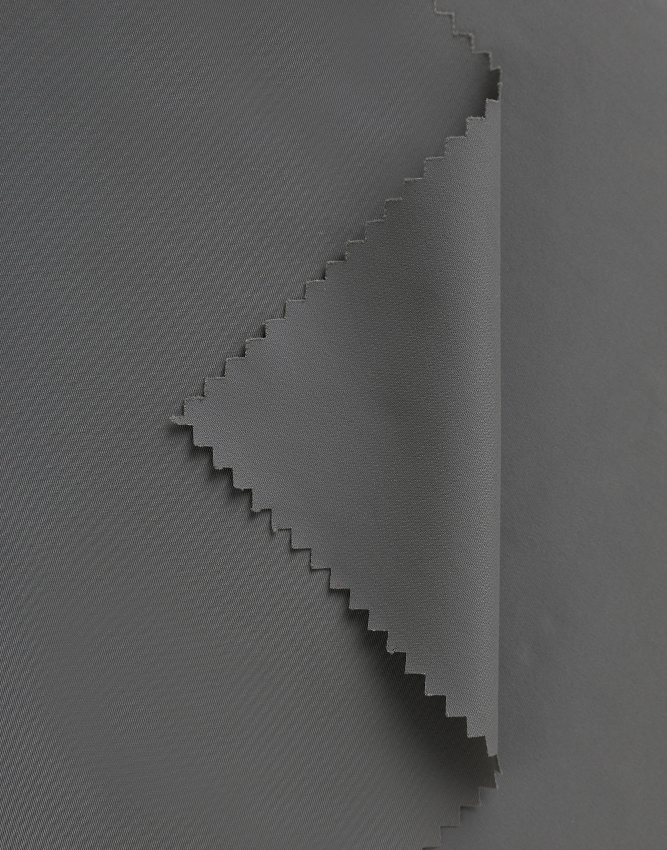

Textile fabric wholesale introduces the characteristics […]
Textile fabric wholesale introduces the characteristics and identification methods of silk fabrics
1. Silk is composed of sericin and silk fibroin, and is composed of 18 kinds of amino acids in different proportions and spaces. It is a protein fiber. Sericin is on the outside and silk fibroin is on the inside. The two are closely connected. The structure of sericin is loose and the hand feels rough, so it needs to be degummed. The structure of silk fibroin is tight, the luster is soft, fat and bright, with pearl-like luster.
2. Soft, smooth, thick, plump and excellent elasticity.
3. It has good moisture absorption and air permeability, and has skin care and health care effects. Silk is a protein fiber, and silk carpets woven from silk have good UV absorption. Silk is a kind of porous fiber, so it has good heat preservation, moisture absorption, moisture dissipation and ventilation properties, and has a certain protective effect on the skin.
4. The silk is relatively delicate and should be carefully treated to avoid gravitational friction twisting or dragging forcefully in rough places, which may damage protein fibers.
Consumers can use the following methods to identify silk fabrics.
Item identification
China-produced silk and satin implement a unified product number consisting of 5 Arabic numerals. The first digit from the left of these 5 digits represents the material number of the fabric. For textile fabrics wholesale, pure silk fabrics (including mulberry silk and spun silk) are "1" , Chemical fiber fabric is "2", blended fabric is "3", tussah silk fabric is "4", and rayon fabric is "5". It is understood that there are no real silk fabrics in the imported silk and satin on the market, such as georgette, soft yarn, beaded pattern, etc. These are all chemical fiber fabrics, so there is no uniform product number for imported silk and satin.
Glossy feel
Spread the sample flat and observe its appearance. The silk has light-absorbing properties, looks smooth and does not have a mirror surface. It has a soft and elegant luster, pearly light, soft and elegant hand feeling, dense silk thread, wrinkles when grasped by hand, the higher the purity and the density The larger the silk, the better the hand feel; although the artificial silk fabric has undergone de-hardening treatment, the hand feel is softer, but the silk surface is dark and no pearl luster; the chemical fiber fabric is bright and dazzling, and the hand feels firmer. In addition, silk products should have a slightly scratchy feel, and rubbing the two layers of fabric will produce a "silk humming" sound, while fabrics made of other materials do not.
Combustion method
Pull out part of the yarn to burn, the real silk can not see the open flame, it has the smell of scorching hair, the silk ashes becomes black particles, which can be crushed by hand; the artificial silk will catch fire and smell of plastic. After the fire is extinguished, the edges will leave hard Glue block.
Disinfectant method
Use 84 disinfectant for dissolution test. If it is silk, put it in 84 disinfectant. After three to five minutes, the silk will gradually be dissolved and disappeared by the disinfectant.
Strength recognition
Distinguish from the fiber strength: the better the silk strength, the better the quality. The silkworm thread of the same length, after stretching, the longer the quality, the better. Generally good mulberry silk can be drawn to more than 100 cm.
https://www.sigma-textile.com/
